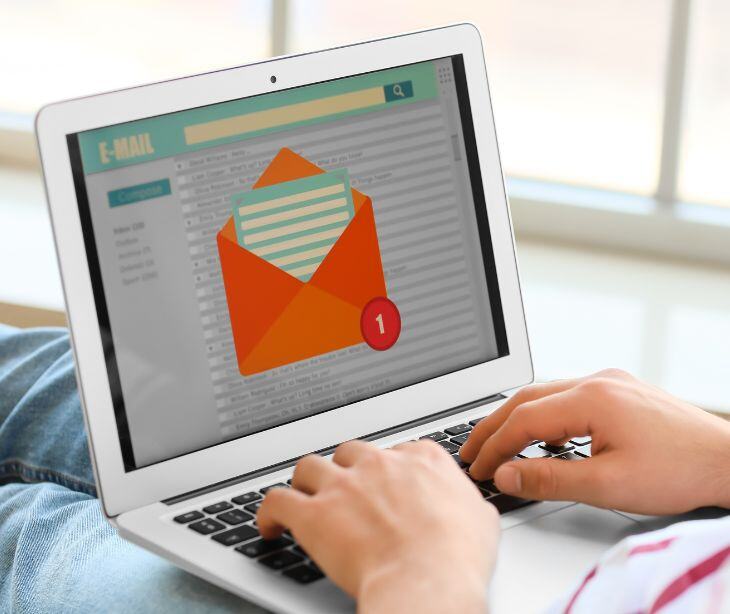
Sending an email to patients is not a HIPAA violation. However, healthcare providers must follow specific HIPAA guidelines to ensure the privacy and security of protected health information (PHI) in email communication.
HIPAA regulations and email communication
HIPAA is designed to protect patients' health information privacy and security. HIPAA doesn't explicitly prohibit email communication, but it has requirements for healthcare providers to safeguard patients' PHI:
1. Use of HIPAA compliant email providers
Healthcare providers should use HIPAA compliant email providers with safeguards to protect PHI, such as encryption, and offer business associate agreements (BAAs). BAAs outline the responsibilities of email providers in safeguarding PHI.
2. Encryption of emails containing PHI
All emails with PHI should be encrypted. Encryption can be provided by the email platform or through third-party encryption services, preventing unauthorized access.
3. Restriction of email recipients
PHI should only be sent to authorized individuals with a legitimate need to access the information. Verify the recipient's identity to avoid sending PHI to the wrong person.
Additional tips for HIPAA compliant email communication
To enhance the security of email communication and further reduce the risk of HIPAA violations:
- Avoid including PHI in email subject lines: Keep subject lines generic and avoid any reference to medical conditions or treatment. However, a HIPAA compliant email service like Paubox will encrypt the subject line.
- Be mindful of email attachment sizes: Large attachments can create issues with some email servers. Consider compressing files or using secure transfer methods for large documents.
- Ensure staff is trained on HIPAA compliance: Educate your staff about HIPAA compliance, including the specific requirements related to email communication. Regular training and reminders can help maintain compliance.
Patient consent and education
Patients should be involved in the decision to use email communication for their healthcare information.
Healthcare organizations must obtain patient consent and educate them about the risks and benefits associated with email communication. Patients have the right to know how their health information will be handled and protected.
Obtaining patient consent involves explaining to patients how their information will be communicated via email, the security measures in place, and the potential risks associated with electronic communication. Consent forms can be used to document this process and ensure that patients are informed participants in their healthcare decisions.
Obtaining patient consent for email
- Provide clear information: Begin by offering patients straightforward and easily understandable details about the nature of the email communication they will receive. Explain the types of messages they can expect, such as appointment reminders, test results, and billing statements, while assuring them of privacy and confidentiality.
- Adopt an opt-in approach: Instead of assuming patient consent, let patients actively choose to receive email messages. Use opt-in forms or checkboxes on intake forms to enable patients to express their desire to receive healthcare-related emails. Ensure patients understand they can decide how to receive information and can always opt out.
- Implement secure electronic consent: When collecting patient consent for email communication, use secure electronic consent methods that meet legal standards for authenticity and security, such as HIPAA compliant subscription forms. Ensure that these mechanisms are safeguarded against unauthorized access.
- Keep email communication consent separate: Differentiate email communication consent from other permissions, such as treatment or medical records disclosure. This clarity enables patients to make well-informed decisions about their preferences for email communication.
Go deeper: How to obtain patient consent for email communication
Subscribe to Paubox Weekly
Every Friday we'll bring you the most important news from Paubox. Our aim is to make you smarter, faster.




